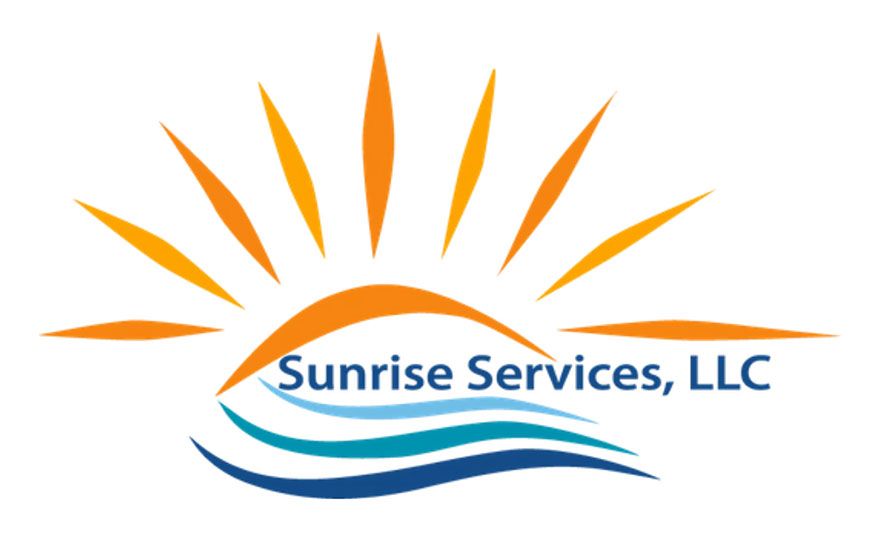Part 1: Cracking the Code —
How to Build an Appeal That Wins

Do you know what EOB remark codes really mean?
Every medical practice has faced the sting of a claim denial — that frustrating obstacle standing between you and reimbursement. But what if those denials weren’t dead ends? What if they were clues waiting to be decoded?
In this two-part series, we’ll show you how to turn rejections into reimbursements by mastering the art of the appeal.
Step 1: Decode the EOB — Your First Clue
Your Explanation of Benefits (EOB) is more than a piece of paper — it’s your case file. It holds the evidence you need to understand why your claim was denied and how to fight back.
Common denial reasons include:
- Bundled/inclusive (CO97): Service considered part of another procedure.
- Not medically necessary (CO50): Clinical need questioned.
Example:
Your claim for
CPT® 29823 (arthroscopic shoulder debridement) was denied as bundled. The EOB reveals the payer believes it shouldn’t be billed separately. That clue directs your next move: checking payer policies and coding rules.
Step 2: Know Your Opponent — Payer Policies Are Paramount
Each payer plays by its own rules. Before appealing, research those rules on the payer’s website or through provider services. Always confirm:
- What the medical policy actually says.
- Whether the payer follows Medicare guidelines.
- The deadline for submitting an appeal.
Example:
An injection was denied as experimental (CO55). A quick policy search reveals the payer requires specific diagnostics or prior authorization. With that knowledge, you know exactly what evidence to gather for your rebuttal.
Step 3: Arm Yourself with Evidence — Build an Irrefutable Case
Strong appeals are built on credible, authoritative sources. Your best allies:
- CMS Policies
- AMA CPT® Assistant Articles
- Specialty Society Guidelines
- Peer-Reviewed Medical Literature
Example:
You find a CPT® Assistant article confirming that CPT® 29823 is separately billable when three or more discrete structures are debrided. Your documentation proves it. Combine that with
NCCI Policy Manual Chapter 4.7, and you have an airtight appeal.
You’ve cracked the denial code, identified the payer’s policies, and gathered your proof. In Part 2, we’ll take that evidence and build a persuasive, professional appeal that demands reimbursement — and delivers results.





Share On: